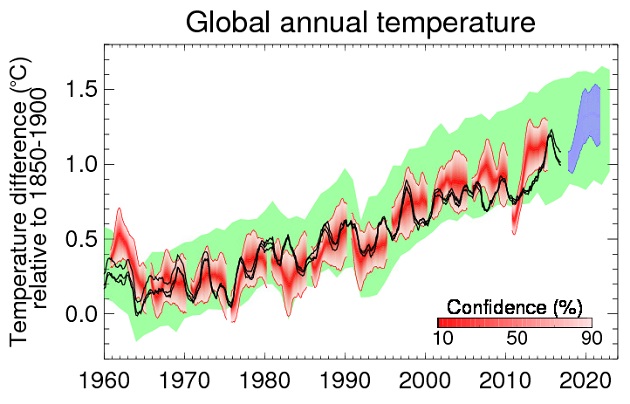
Factual will now count number of store visits triggered by ads
Location big data company Factual has packed more power into its ad-targeting suite Geopulse to give marketers a wider range of real-world insights and help them determine how many in-store visits are being prompted by their online advertising campaigns.
The new additions, called Geopulse Insights and Geopulse Measurement, are built on top of over 130 million places and points of interest around the globe, which the startup combines with mobile signal data to find out the physical movement of smartphone users. Insights and Measurement join Factual’s existing Geopulse tools Audience and Proximity to cover the whole gamut of location-targeted advertising: insights, audiences, geofencing, and attribution.

Factual Founder and CEO Gil Elbaz believes that the majority of purchases today are still made in stores. Which makes the ability to bridge online initiatives with offline results “a key measure of success for marketers, and one that location data and device movement validate.”
Specifically, Geopulse Insights will analyze customer behavior and buying journeys to see how real-world observations can be used for tailoring marketing content and make it more relevant/contextual to the consumer. Geopulse Measurement, meanwhile, measures the effectiveness of different campaigns to see which device or media channel are most successful in sending audiences to physical stores.
Integration with Viant
Another announcement that has come on the heels of these new tools being released by Factual is about their integration with ad platform Viant. For Viant CMO Jon Schulz, “Marketers are increasingly recognizing the value of using a multichannel strategy to personalize a customer’s digital experience, but still struggle to connect those campaigns to offline actions and determine what’s really working best.” Therefore, embedding Geopulse tools within the Viant Advertising Cloud will help managers close the loop on digital campaigns and make better targeting decisions in the future.
Factual has featured in our list of the top 100 geospatial start-ups and companies in the world.




